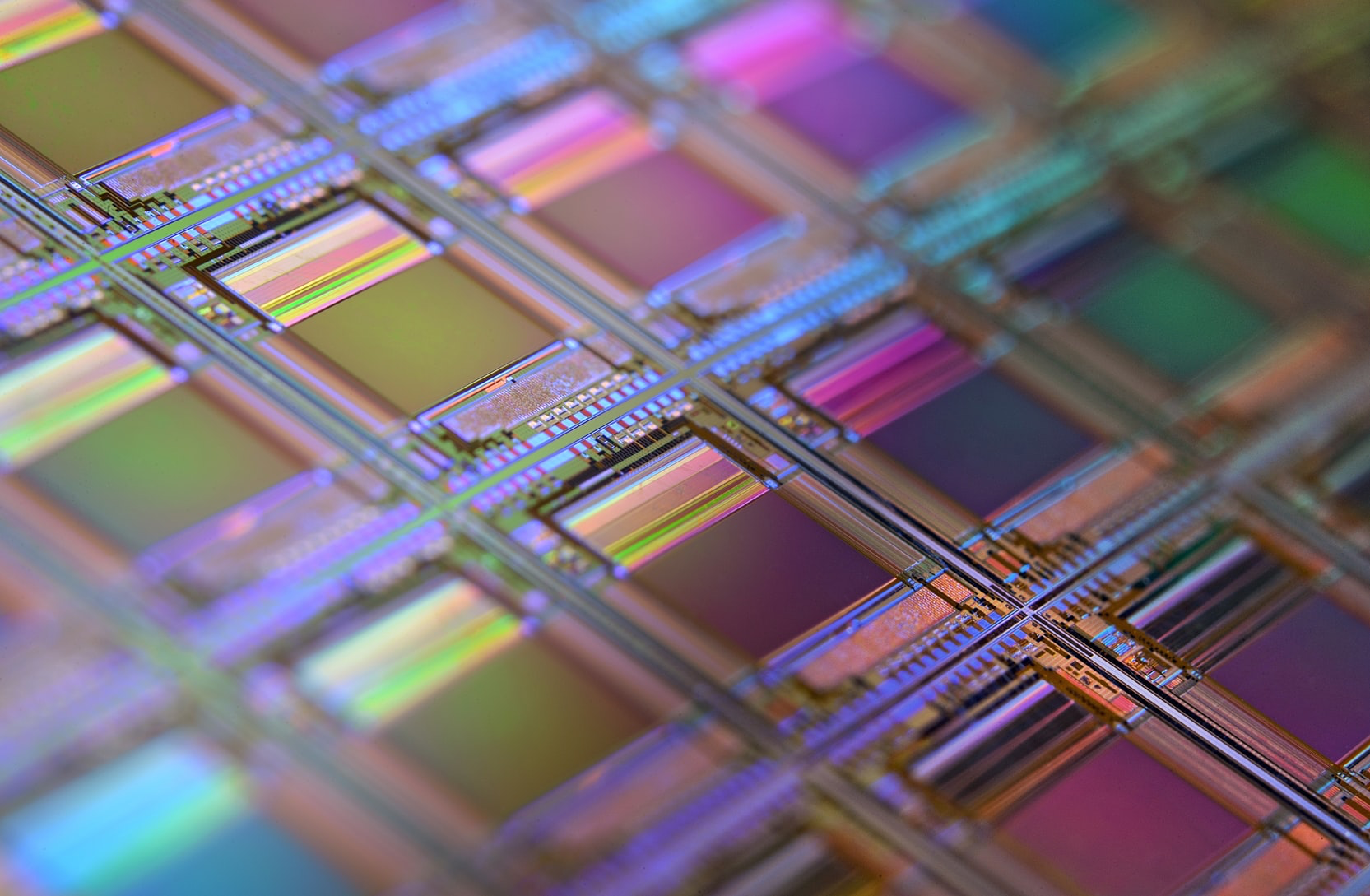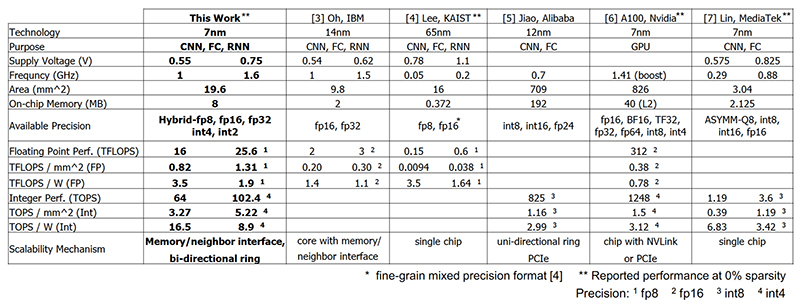
Training more or less advanced artificial intelligence models often requires significant resources. Complex models mean millions of dollars in infrastructure. IBM has created technology to reduce the cost and time of training. And, of course, save money.
The corporation has presented a prototype of a new energy efficient 7nm AI coprocessor. The use of the chip can increase the efficiency of training systems by more than 7 times. Self-driving cars, text-to-speech, machine vision, drug development, delivery drones - the applications of AI are endless today. To implement these large-scale projects, such technologies are needed.
In most computing cores, processors and SoCs, sharpened for machine learning, the lower-bit modes are most often used: FP16 and INT8. 8-bit precision is simply redundant in this case. IBM has developed a prototype of a new AI chip for these peripheral systems.
What is interesting about the coprocessor?

4-core chip. The source
chip is designed using a 7nm process technology. Different scenarios for using the chip are possible:
- In 4-bit mode for common tasks. The technology allows you to achieve results comparable to the 8-bit mode.
- In 2-bit mode for inference tasks. In this case, sometimes the accuracy drops by a few percent, but the performance is 4 times higher compared to the 8-bit mode.
- Hybrid mode for different types of tasks.
Main characteristics of the chip:
- 7nm process technology based on EUV;
- use of hybrid format FP8 with HFP8;
- AI power management for hardware accelerators;
- adaptation to permanently high loads, which ensures high performance of applications.

Source
Scope of application of the novelty:
- training large-scale models in the cloud;
- enhancing security and privacy;
- increase computing power in hybrid environments without spending too much energy.
IBM believes that the coprocessor will be applicable in machine vision, speech recognition systems and natural language processing for various cloud applications to detect fraudulent financial transactions. In addition, developers of autonomous vehicles, video surveillance systems and mobile phones can benefit from the use of the chip.
